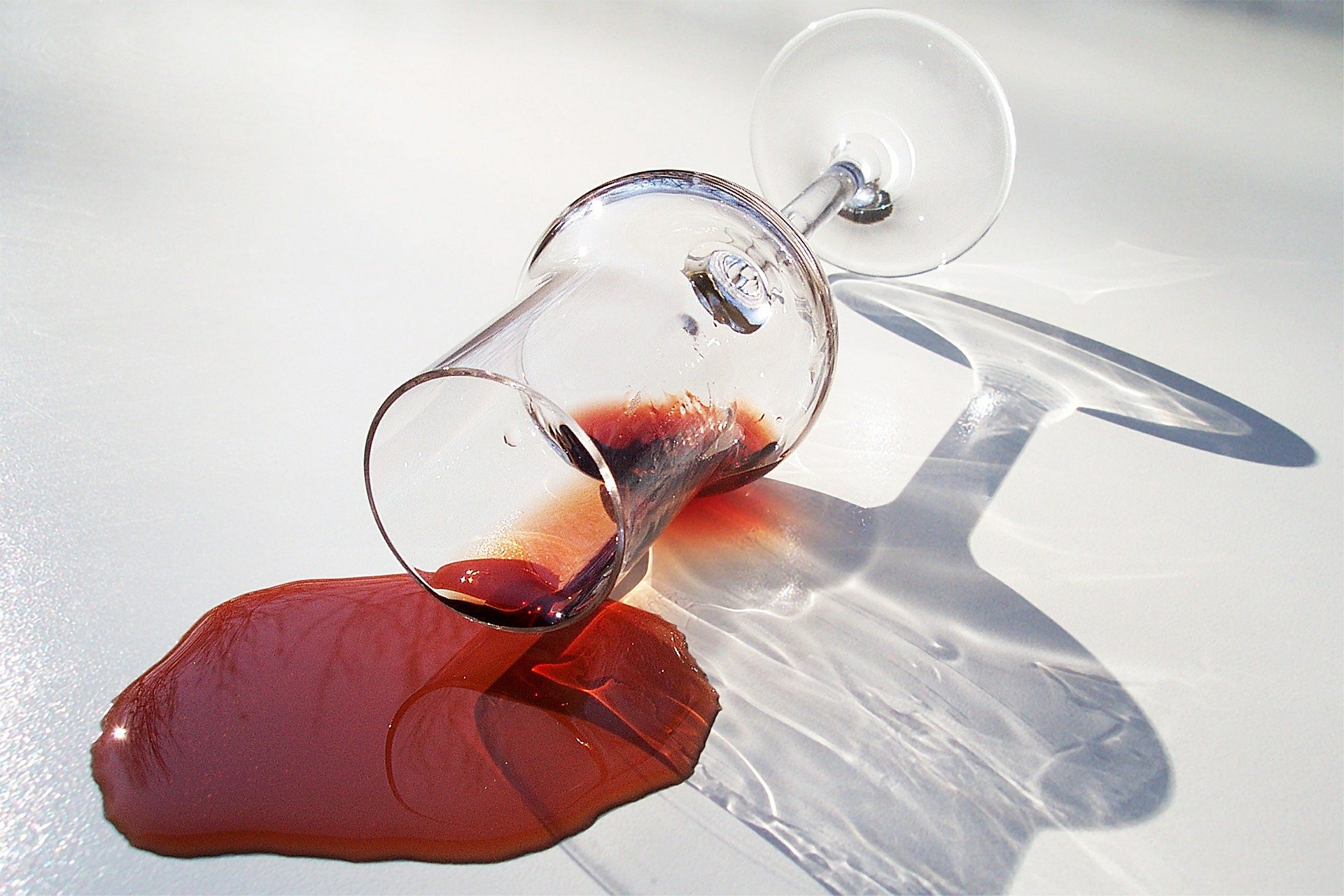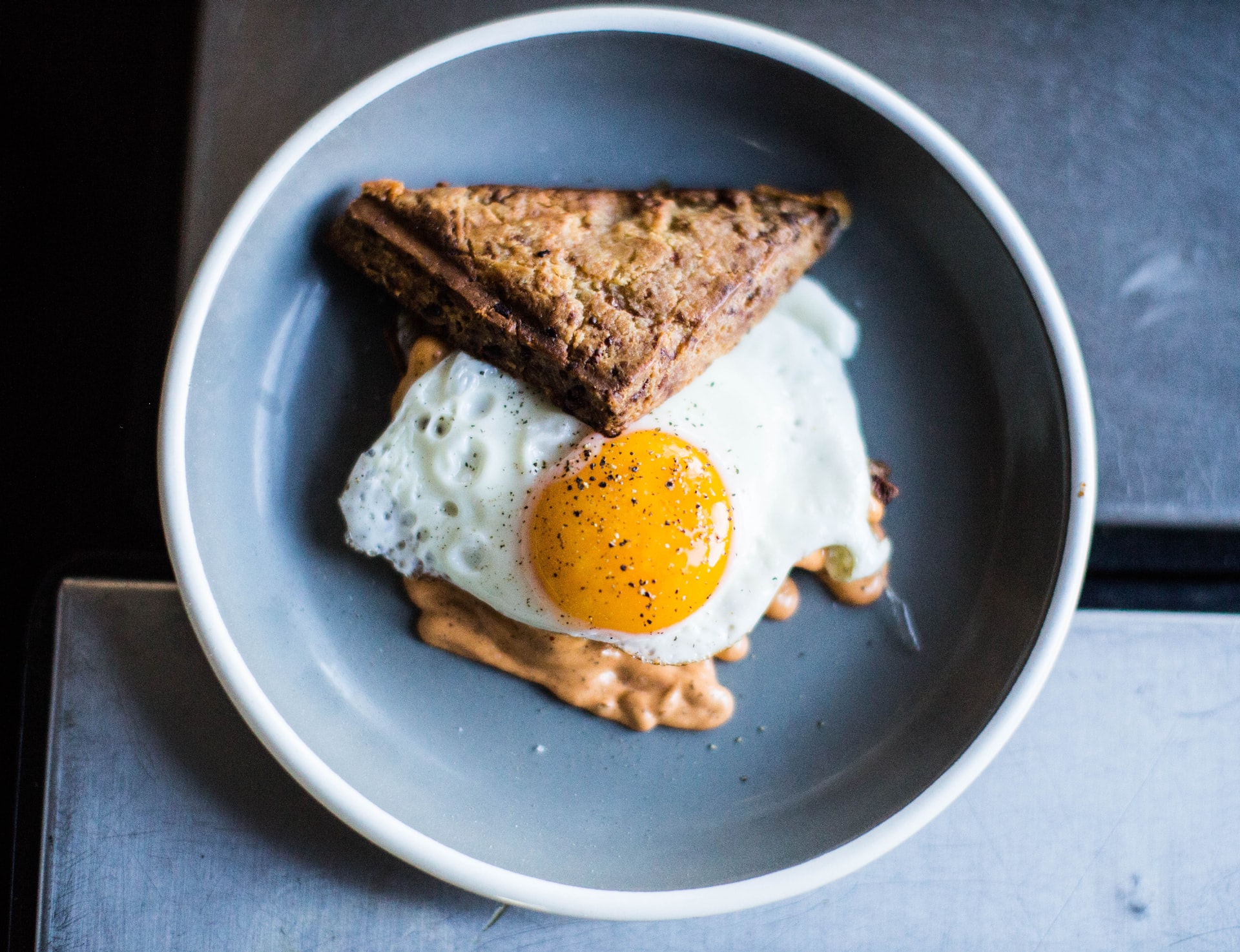How to Remove Red Wine Stains
Wine stains are tricky to remove from clothing, but even more so from carpet. If you drop wine at a time you’re not able to treat it right away, blot as much as possible right away. Avoid rubbing the stain. You’ll then want to tackle it with a baking soda paste. You can wait a few hours, but don’t wait until the next day before attempting to remove the stain. Time will make it much more difficult. What You’ll Need: Water Baking soda Salt (Optional) Stain remover or carpet stain remover (Optional) Oxygen-based cleaner (Optional) Dishwashing liquid (Optional) Paper towels or white cloths Vacuum cleaner (Optional) Removing Stains from Carpet: Blot the Stain Immediately: Use a clean white cloth to blot up as much of the red wine as you can right away. Alternate parts of the cloth to always blot using a fresh spot. Add Water to the Stained Area: Pour a small amount of cool water onto the red wine stain on the carpet and continue blotting. The water dilutes the red wine, which makes it easier to blot up. Do not pour too much water at a time and switch out the blotting cloth for a dry one as you work. Continue blotting until no more stain can be removed using this method. Make a Baking Soda Paste: Mix a paste with a three-to-one ratio of baking soda to water. Apply the paste directly to the carpet stain and wait for it to dry completely before vacuuming up the dried paste.Apply a Carpet Stain Remover: If any stain remains, apply a carpet stain remover according to the manufacturer’s instructions. Typically, the process is to wait until the cleaning product dries and then vacuum. If you’re removing stains from white carpet you can use a hydrogen peroxide solution instead. Mix one part clear hand dishwashing liquid with two parts hydrogen peroxide in place of using a commercial carpet stain remover. Sponge the solution and allow it to work for several minutes. Blot with a clean cloth and clean the area with plain water to remove any soapy residue. Source: the Spruce


